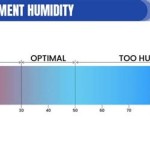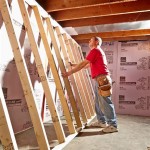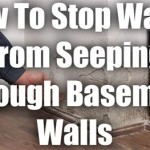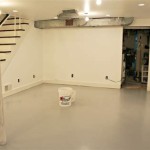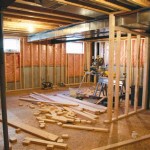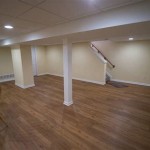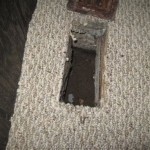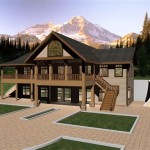Faced or Unfaced Insulation in Basement Ceiling: Making the Right Choice
Insulating your basement ceiling is crucial for maintaining a comfortable and energy-efficient home. Choosing between faced or unfaced insulation is an important decision that can impact the performance and longevity of your insulation system. Let's delve into the key aspects of each type to help you make an informed choice.
Faced Insulation
Faced insulation, as its name suggests, comes with a paper or foil facing on one or both sides. This facing serves several purposes:
- Vapor Barrier: The facing acts as a vapor barrier, preventing moisture from entering the insulation and potentially causing mold or mildew growth.
- Air Barrier: It also acts as an air barrier, sealing air leaks and preventing heat loss through convection.
- Enhanced Performance: The facing can reflect heat and radiant energy, improving the insulation's thermal resistance.
- Installation Ease: Facings can make installation easier as they provide a smooth surface for stapling or gluing.
Unfaced Insulation
Unfaced insulation, on the other hand, does not have a facing. It relies solely on its physical properties to provide insulation:
- Lower Cost: Unfaced insulation is typically less expensive than faced insulation.
- Higher Density: It often has a higher density, which can provide better sound absorption.
- More Durable: Unfaced insulation can withstand moisture and temperature fluctuations better than faced insulation.
- Requires Vapor Barrier: Since unfaced insulation does not provide a vapor barrier, a separate vapor barrier must be installed to prevent moisture intrusion.
Choosing the Right Insulation Type
The best choice between faced and unfaced insulation depends on your specific needs and circumstances:
- Faced Insulation: Ideal for moisture-prone areas or where air sealing is crucial, such as cold climates or homes with uncontrolled humidity levels.
- Unfaced Insulation: Suitable for dry basements with controlled humidity, where cost-effectiveness and durability are prioritized.
Installation Considerations
When installing insulation, it's important to consider the following:
- Vapor Barrier: If using unfaced insulation, a separate vapor barrier (e.g., polyethylene film) must be installed to prevent moisture damage.
- Air Sealing: Seal all gaps and cracks around pipes, wires, and other penetrations to prevent air leaks.
- Insulation Thickness: Follow recommended insulation thicknesses based on your climate zone and building code requirements.
- Insulation Type: Choose the right insulation type for your basement ceiling, such as fiberglass, cellulose, or spray foam.
Conclusion
Insulating your basement ceiling with either faced or unfaced insulation can significantly improve comfort, energy efficiency, and prevent moisture problems. By carefully considering the advantages and disadvantages of each type and following proper installation techniques, you can create a warm, dry, and energy-conscious basement.

Faced Vs Unfaced Insulation Bob Vila

Unfaced Vs Kraft Faced Insulation What S The Difference Johns Manville

Basement Ceiling Insulation Faced Or Unfaced Which One To Choose Insulationline Com

Faced Vs Unfaced Insulation Bob Vila

Faced Vs Unfaced Insulation The Constructor

Best Insulation For Basement Ceilings And Why You Need It

How To Install Ceiling Insulation In A Basement Or Crawlspace Why You Should R30 R21 R19 R13 Youtube

Unfaced Vs Kraft Faced Insulation What S The Difference Johns Manville

What Are The Pros And Cons Of Basement Ceiling Insulation Upgradedhome Com

Faced Vs Unfaced Insulation Key Differences
See Also

